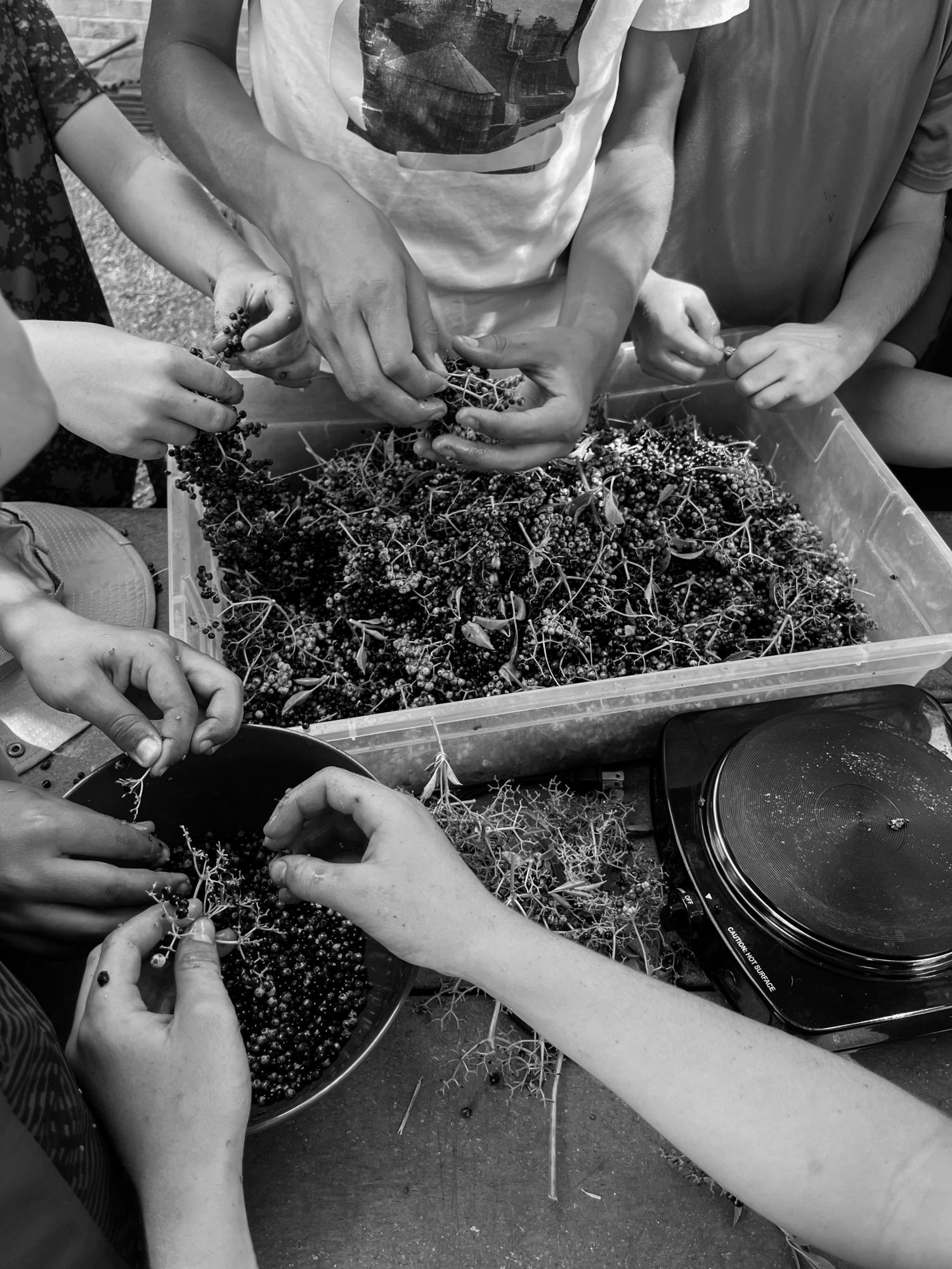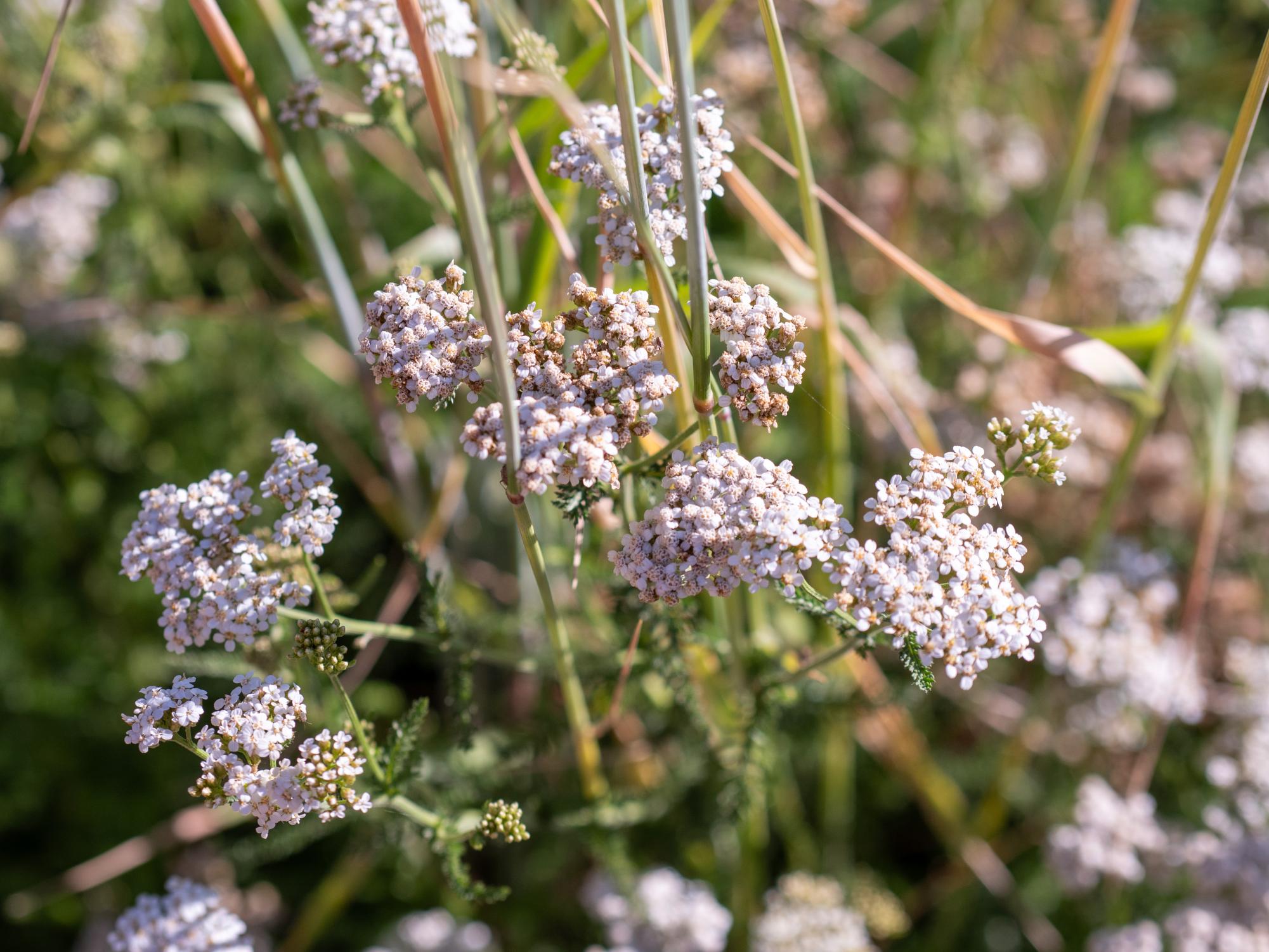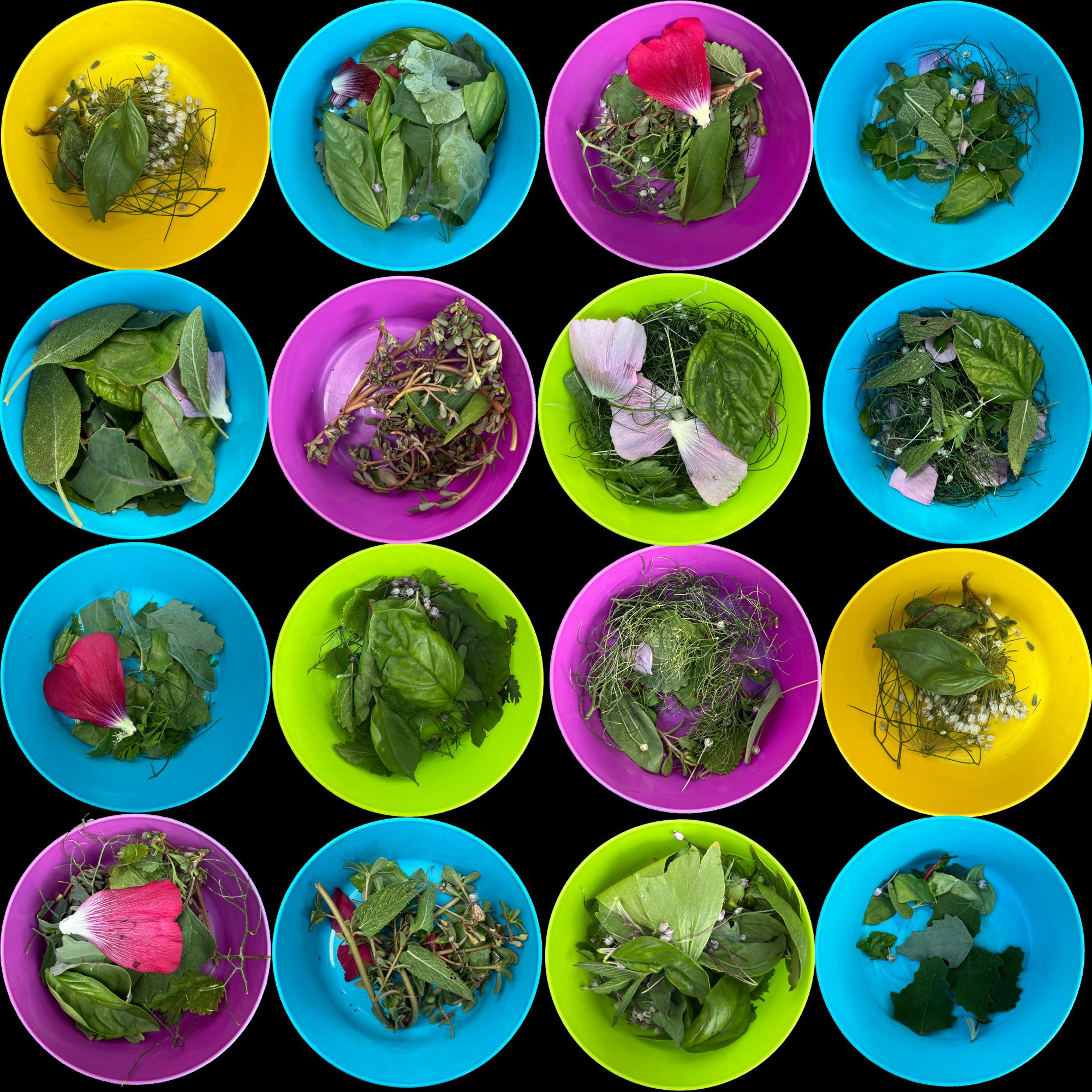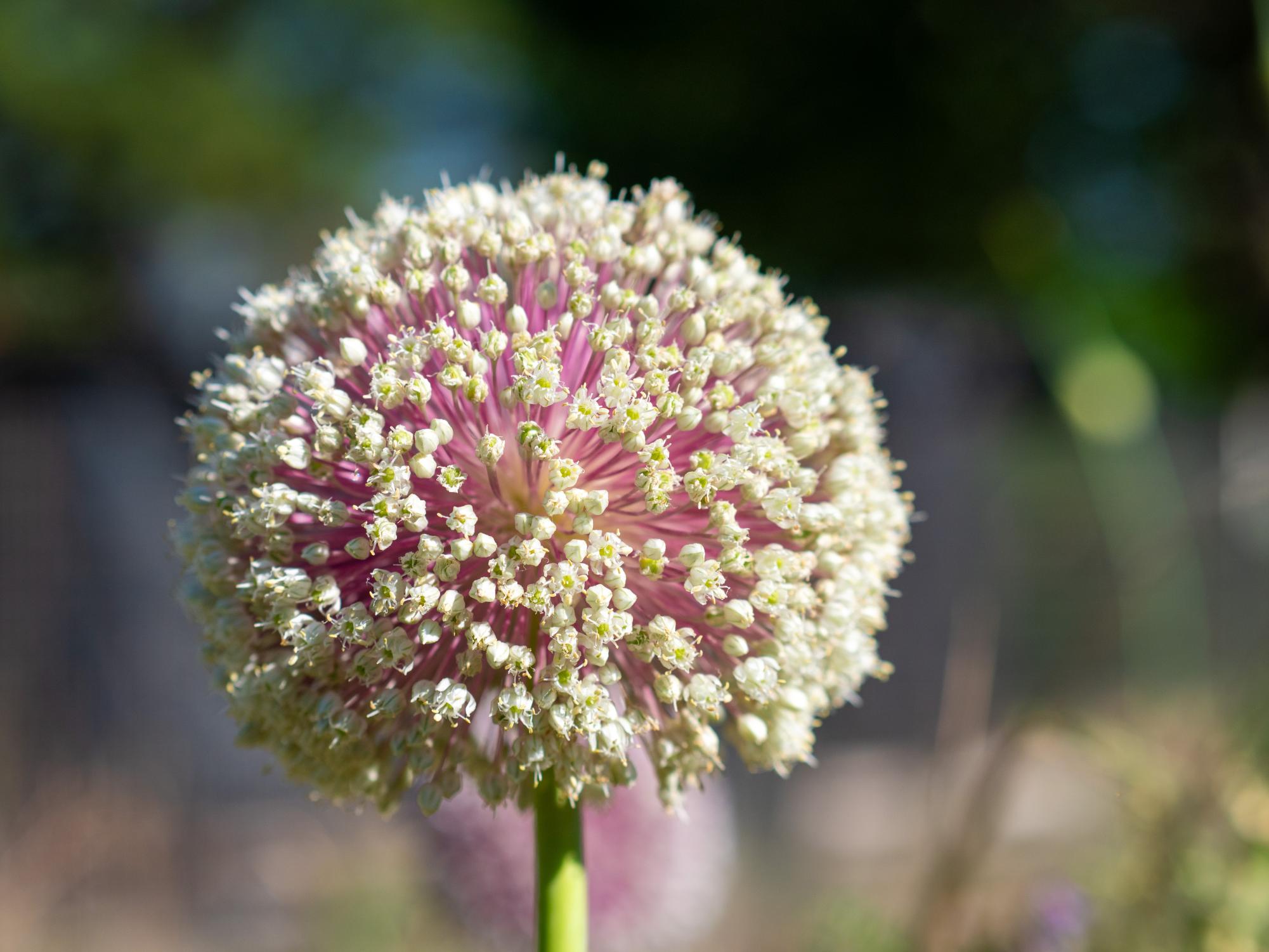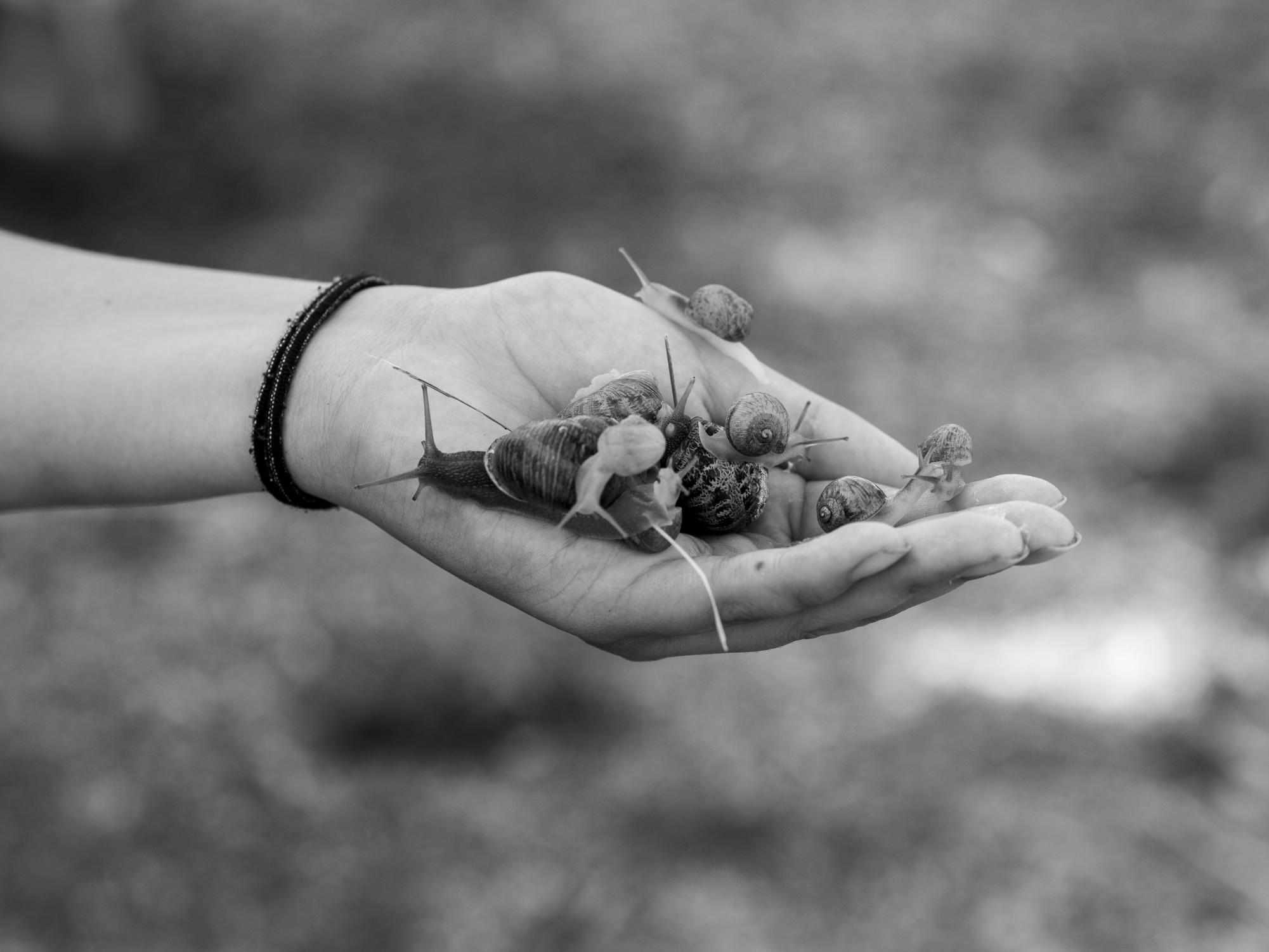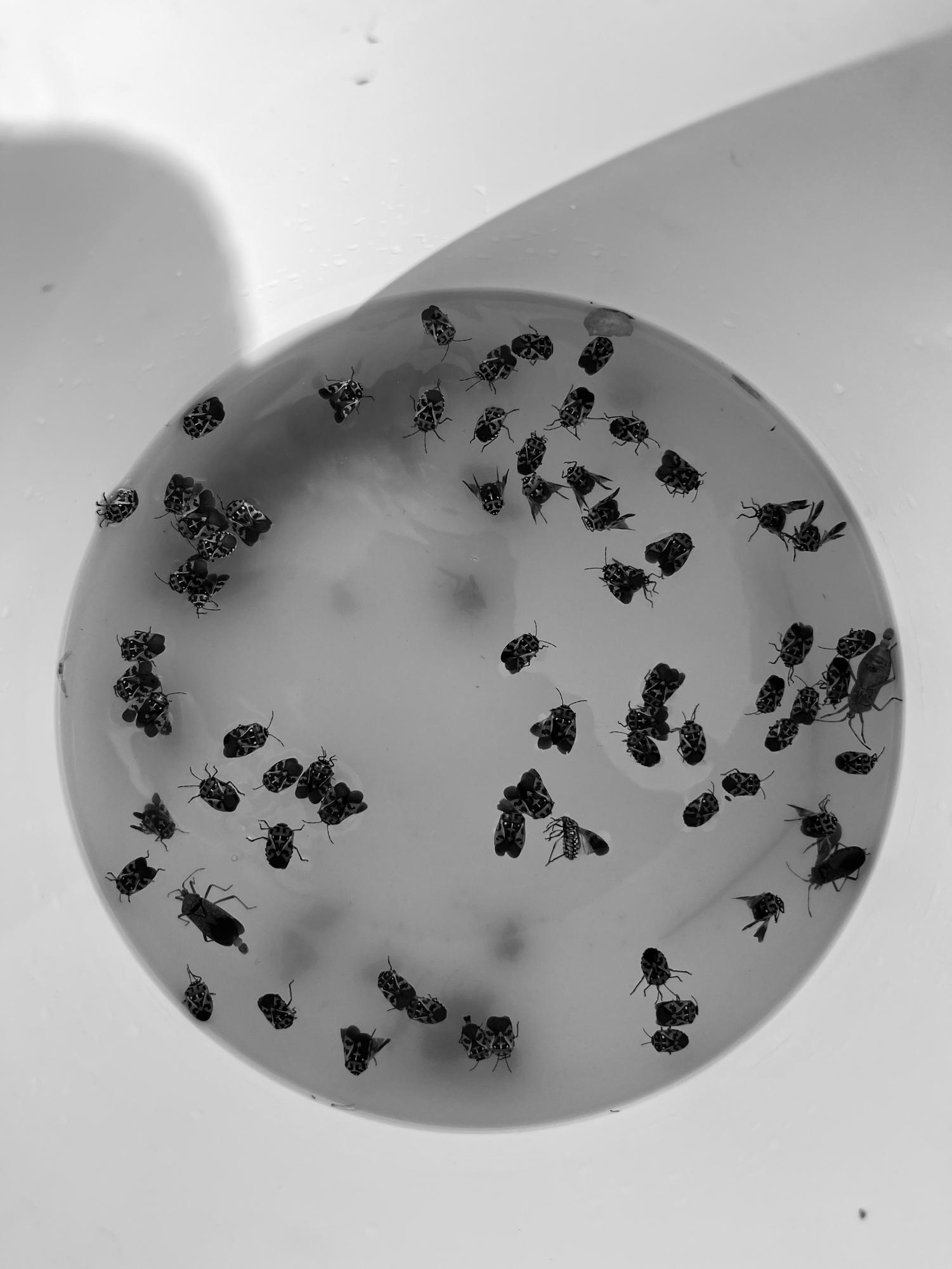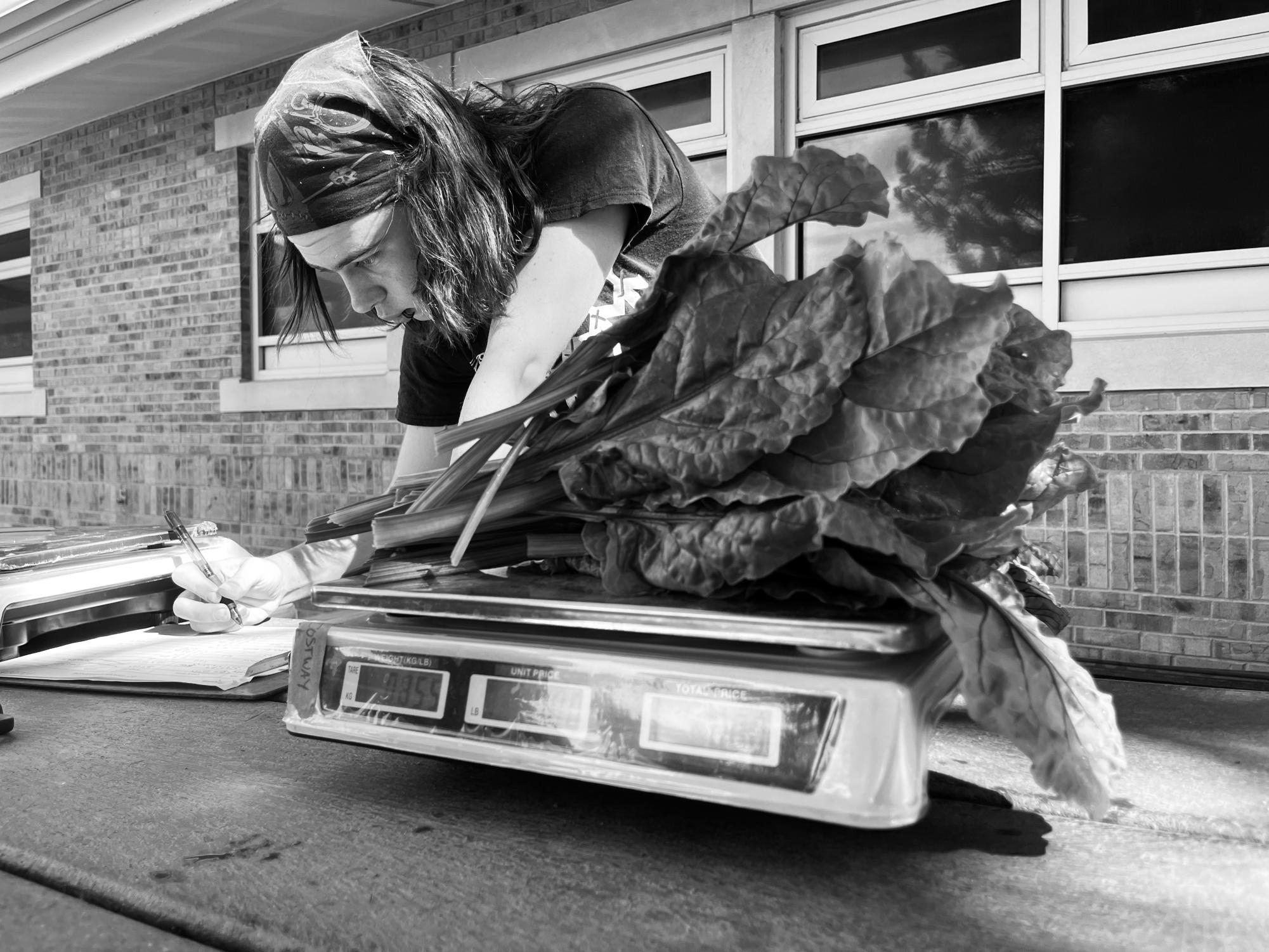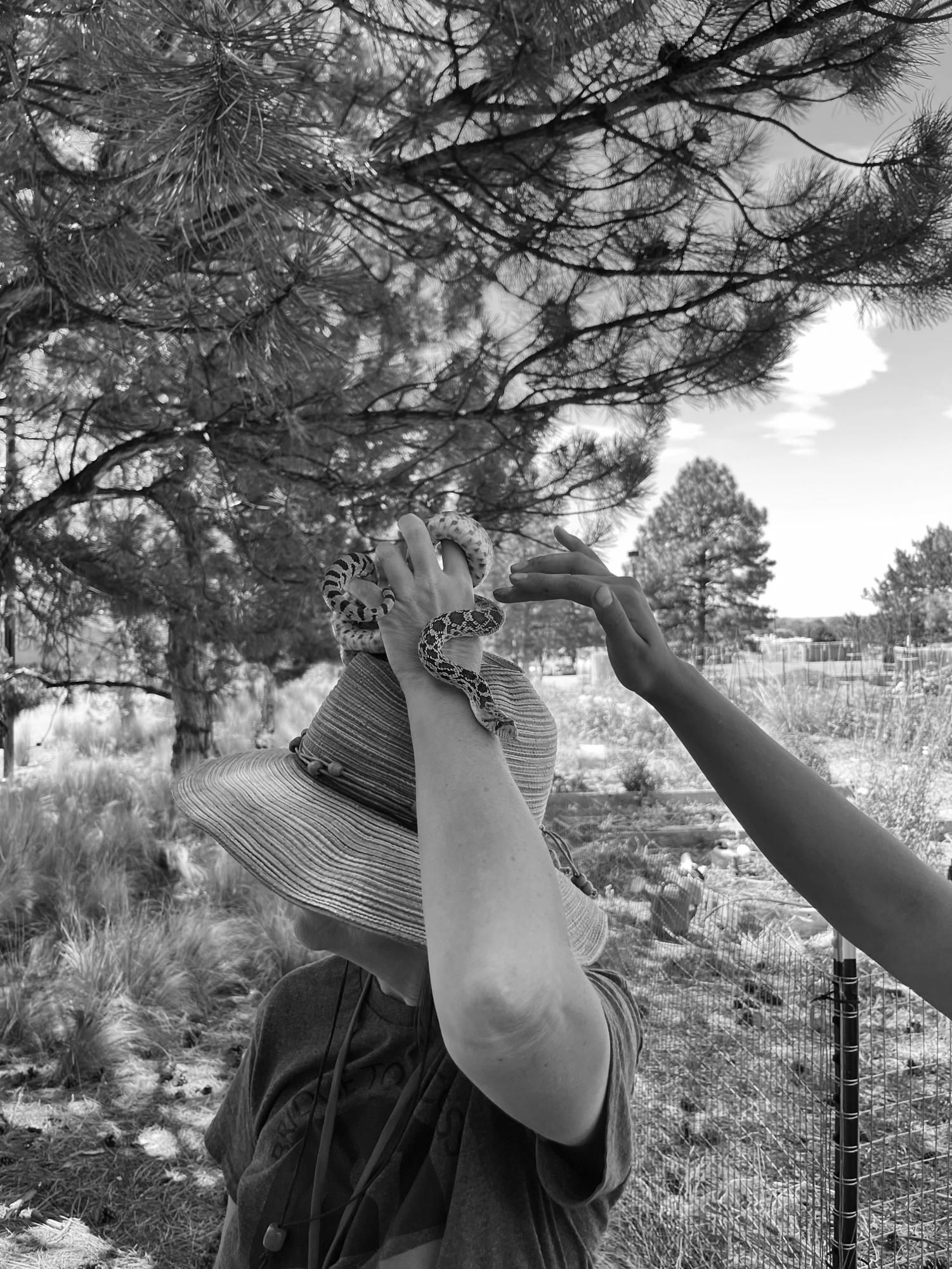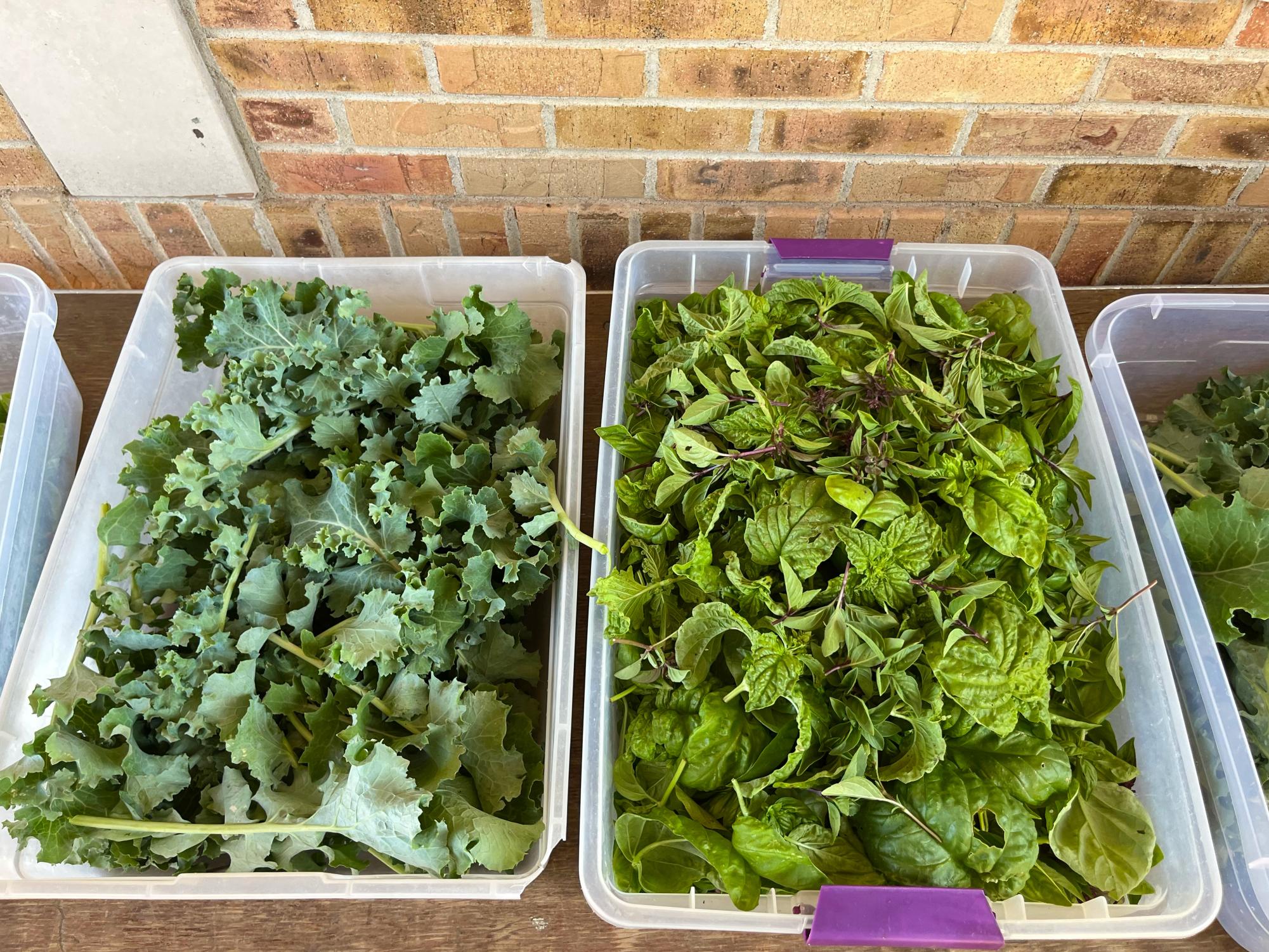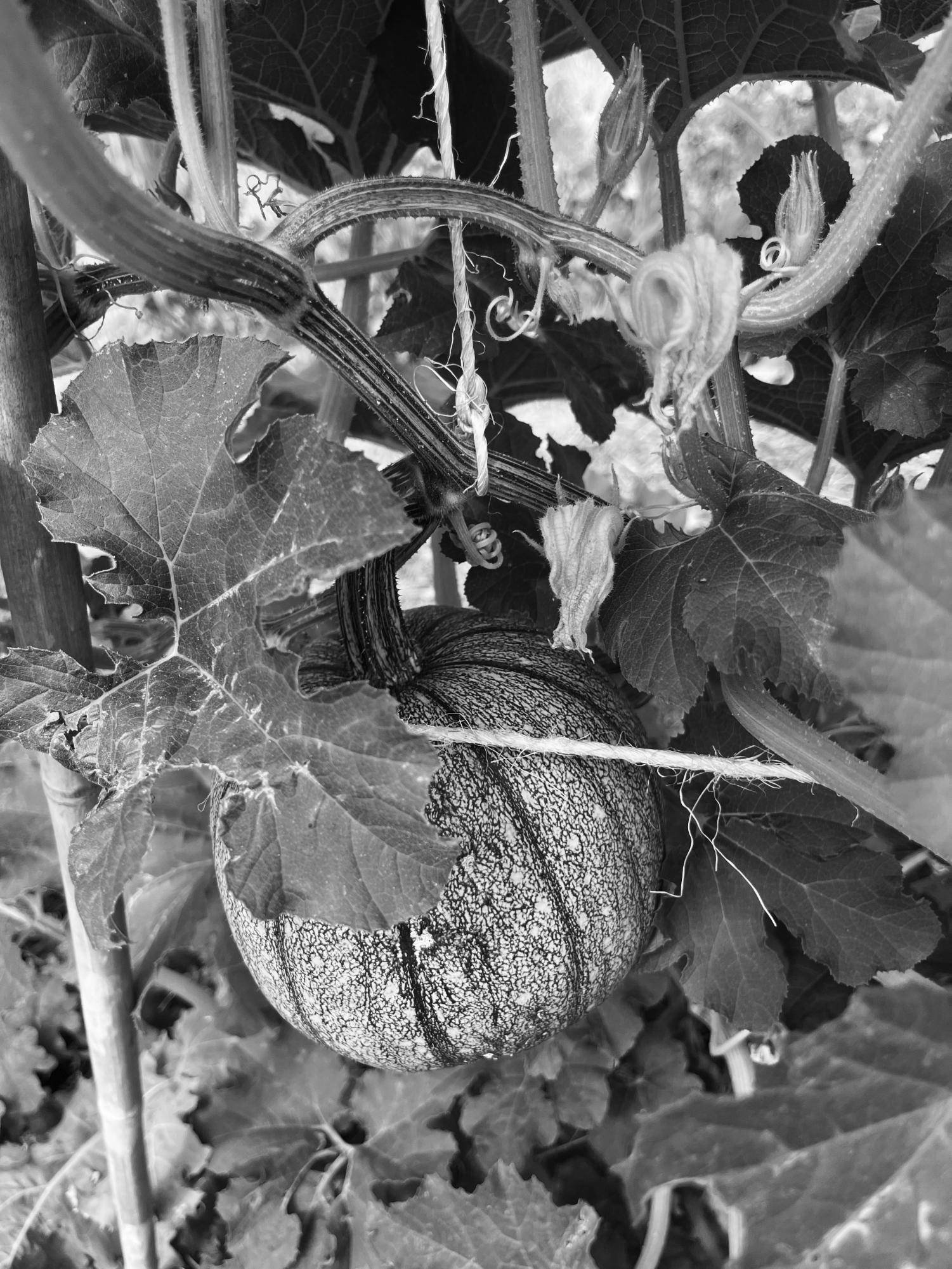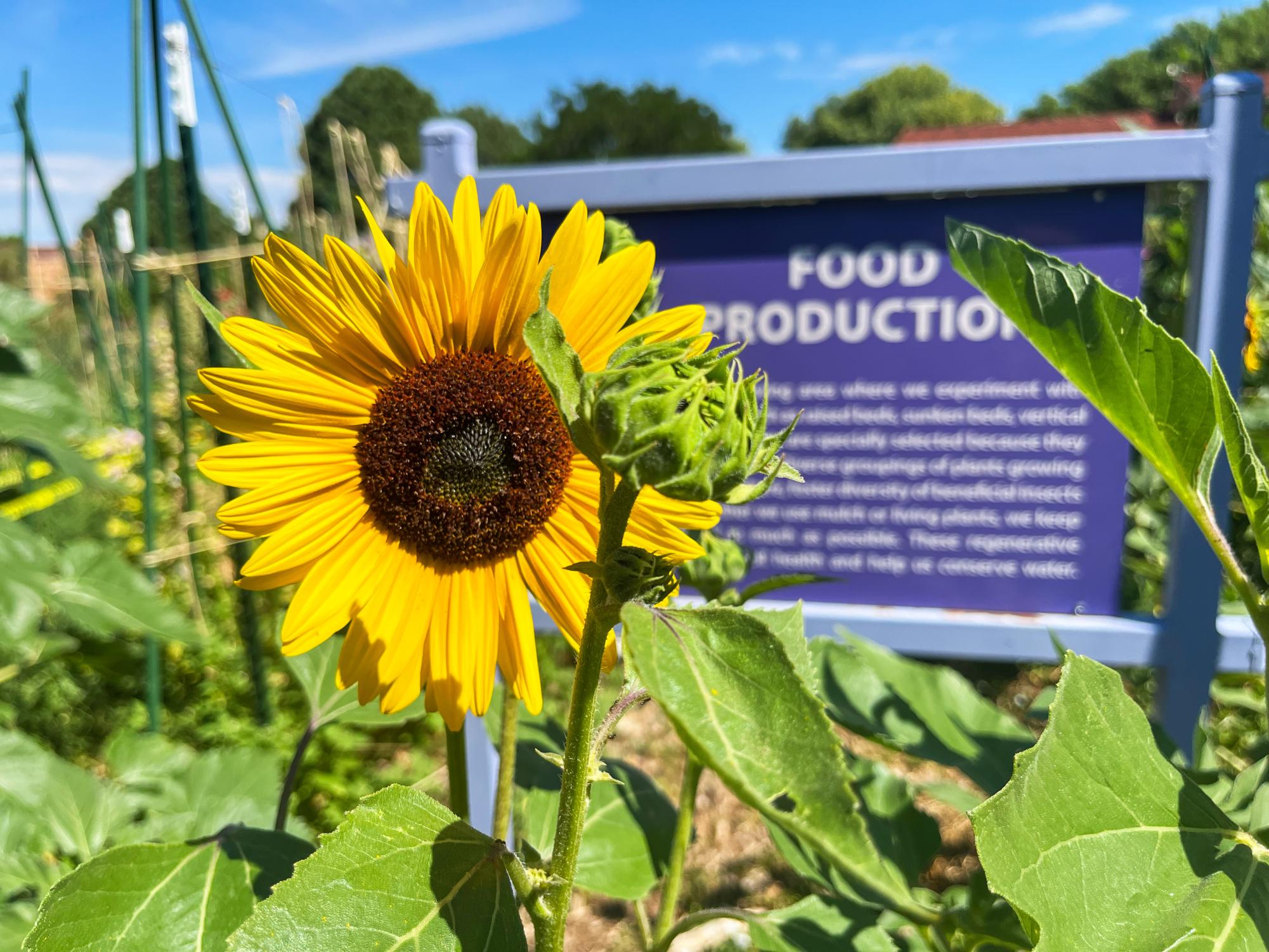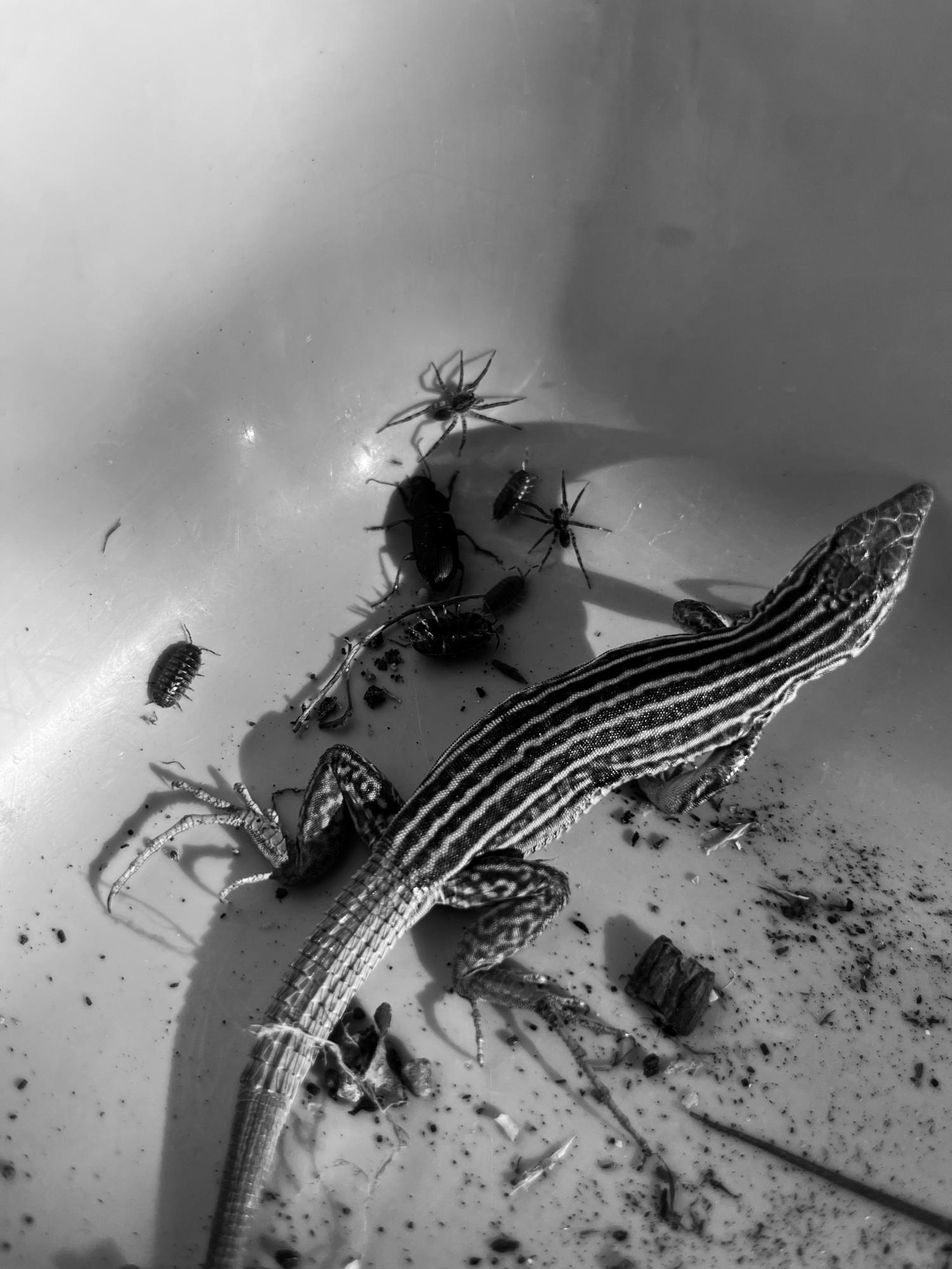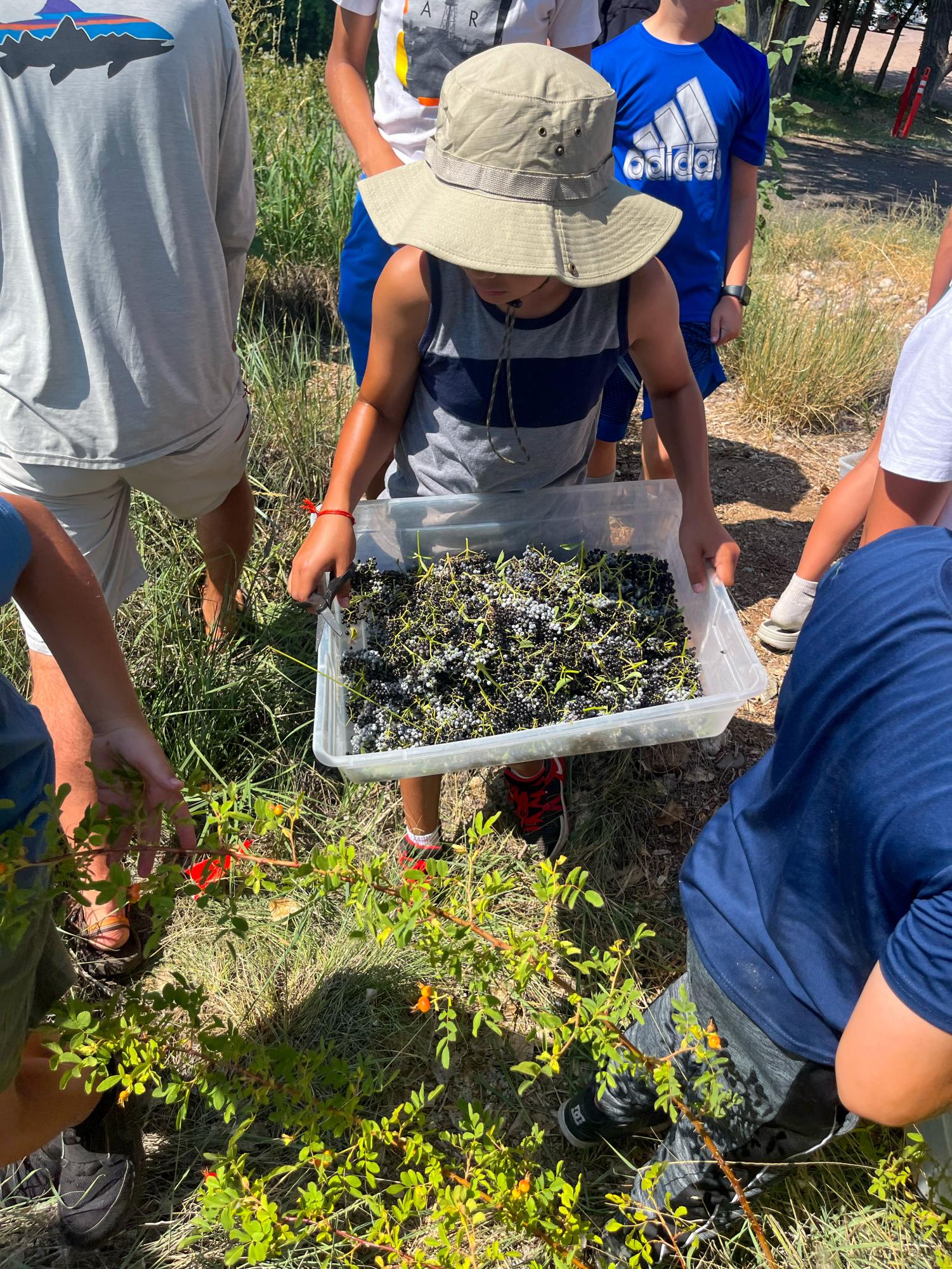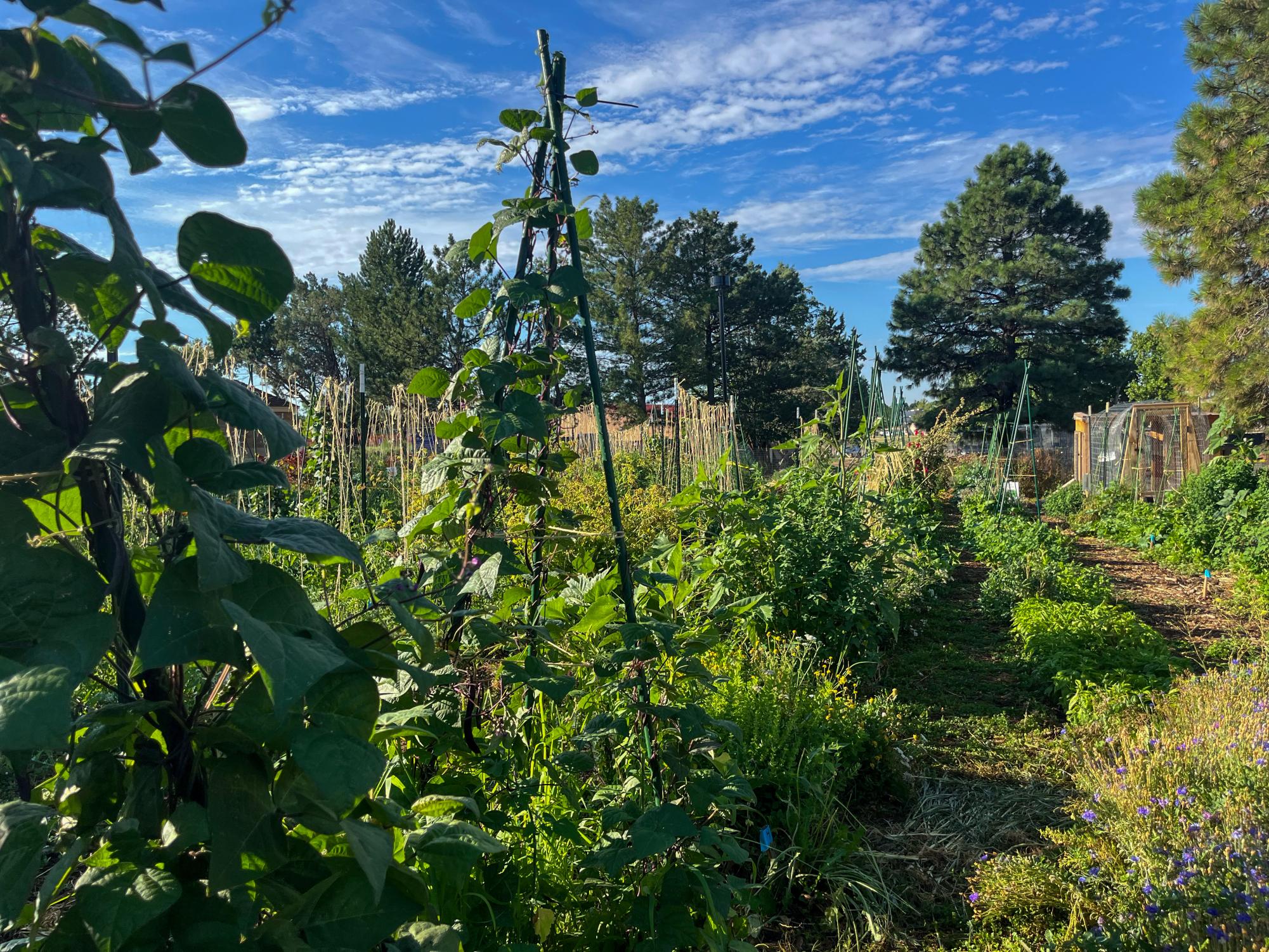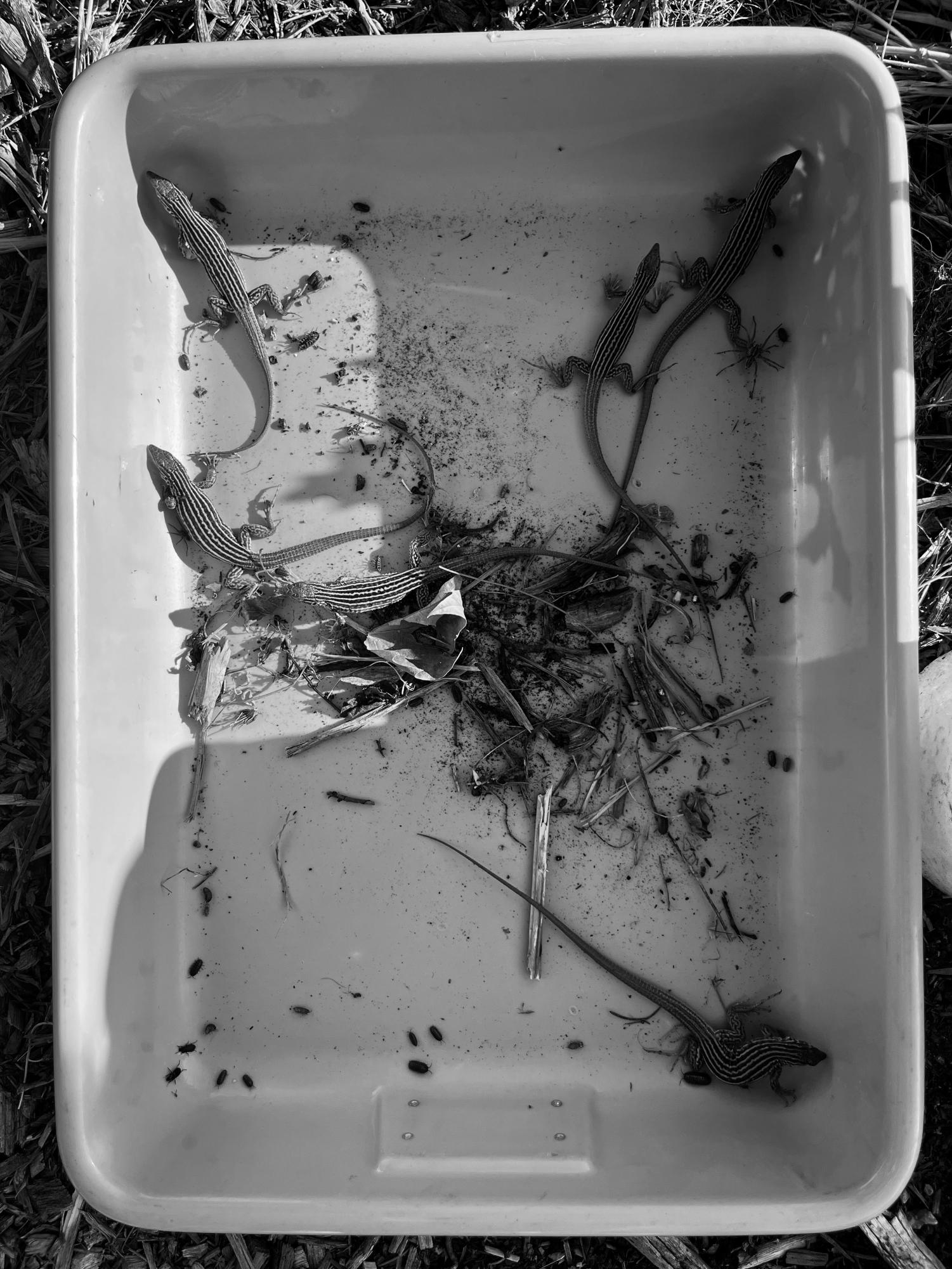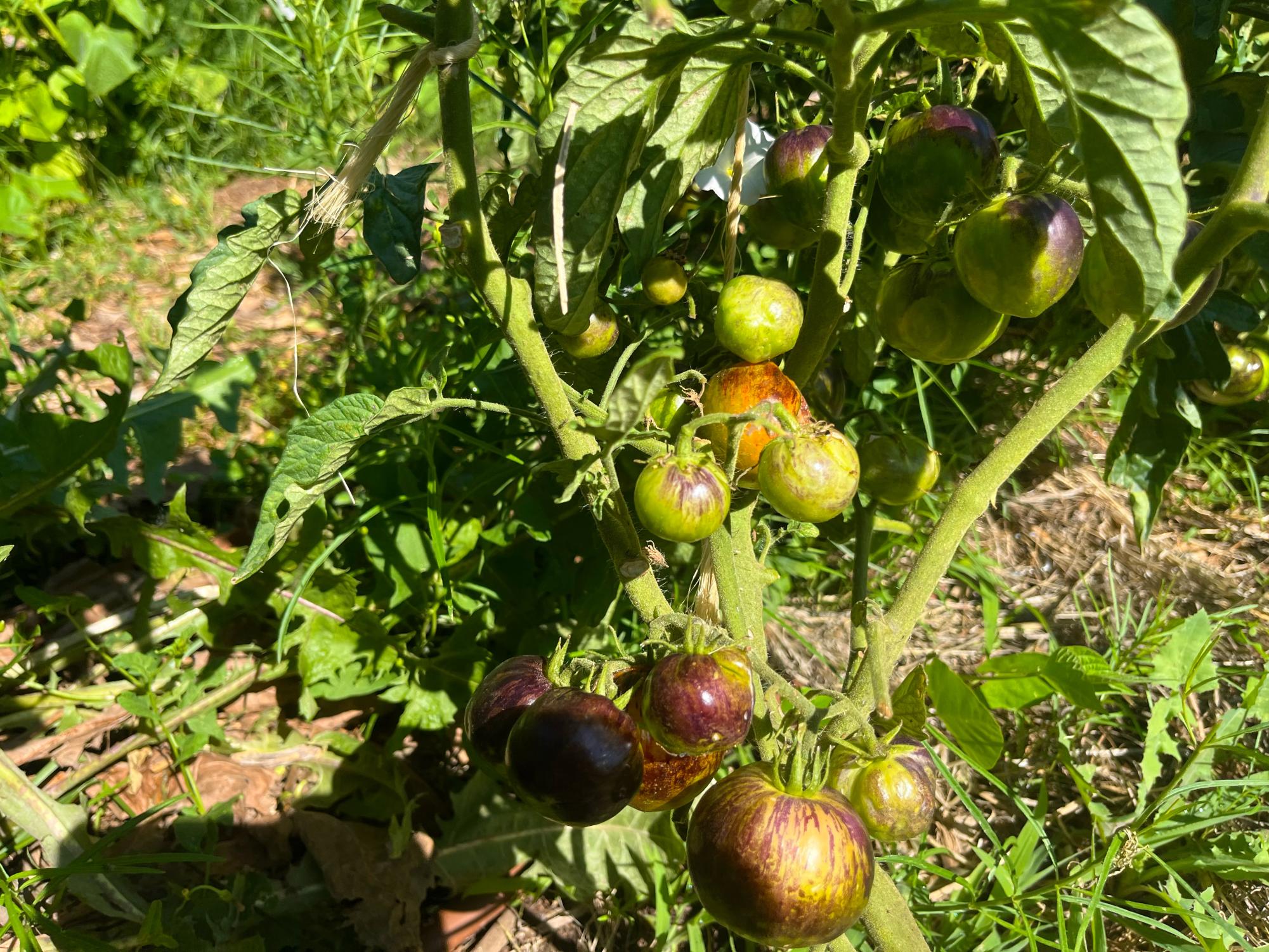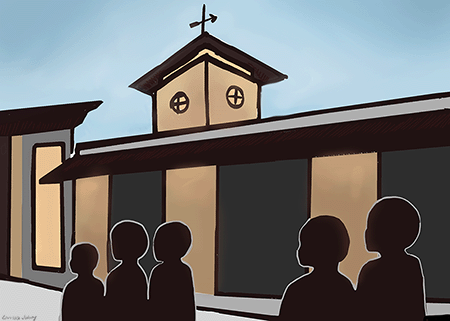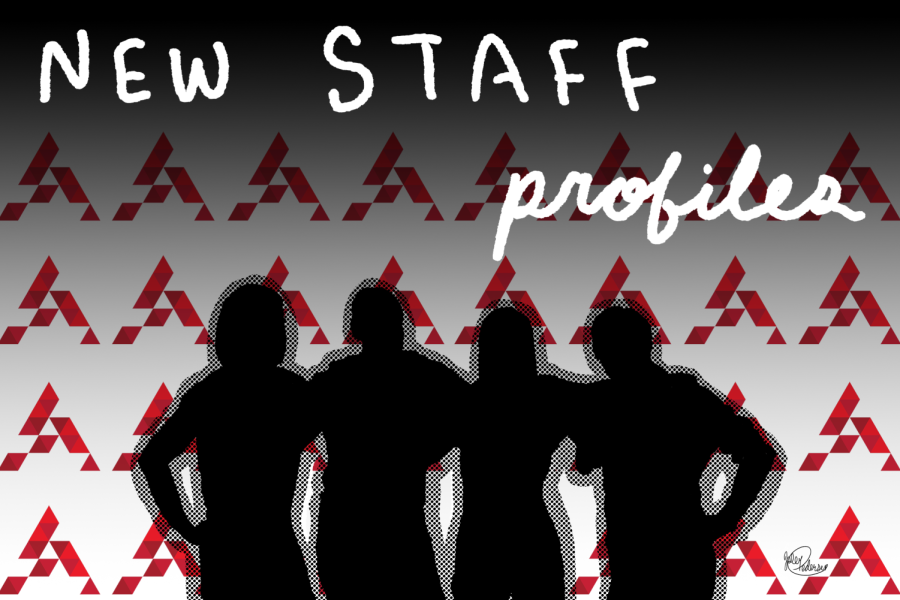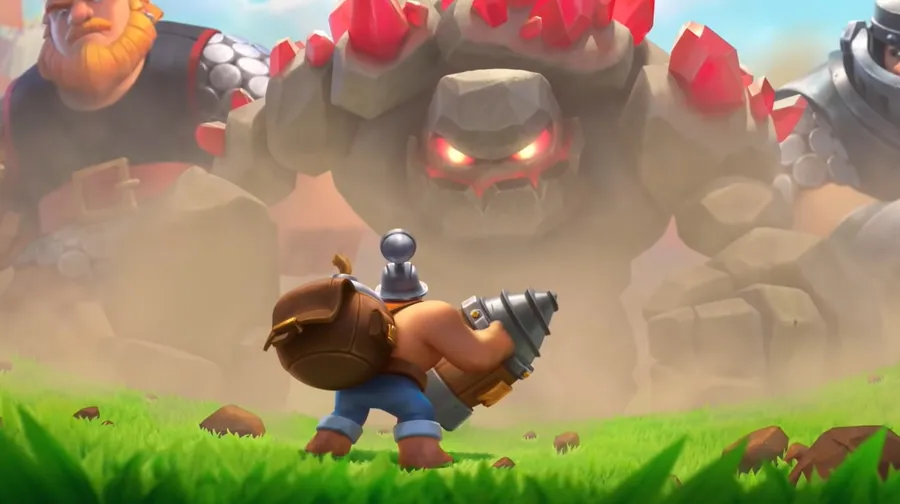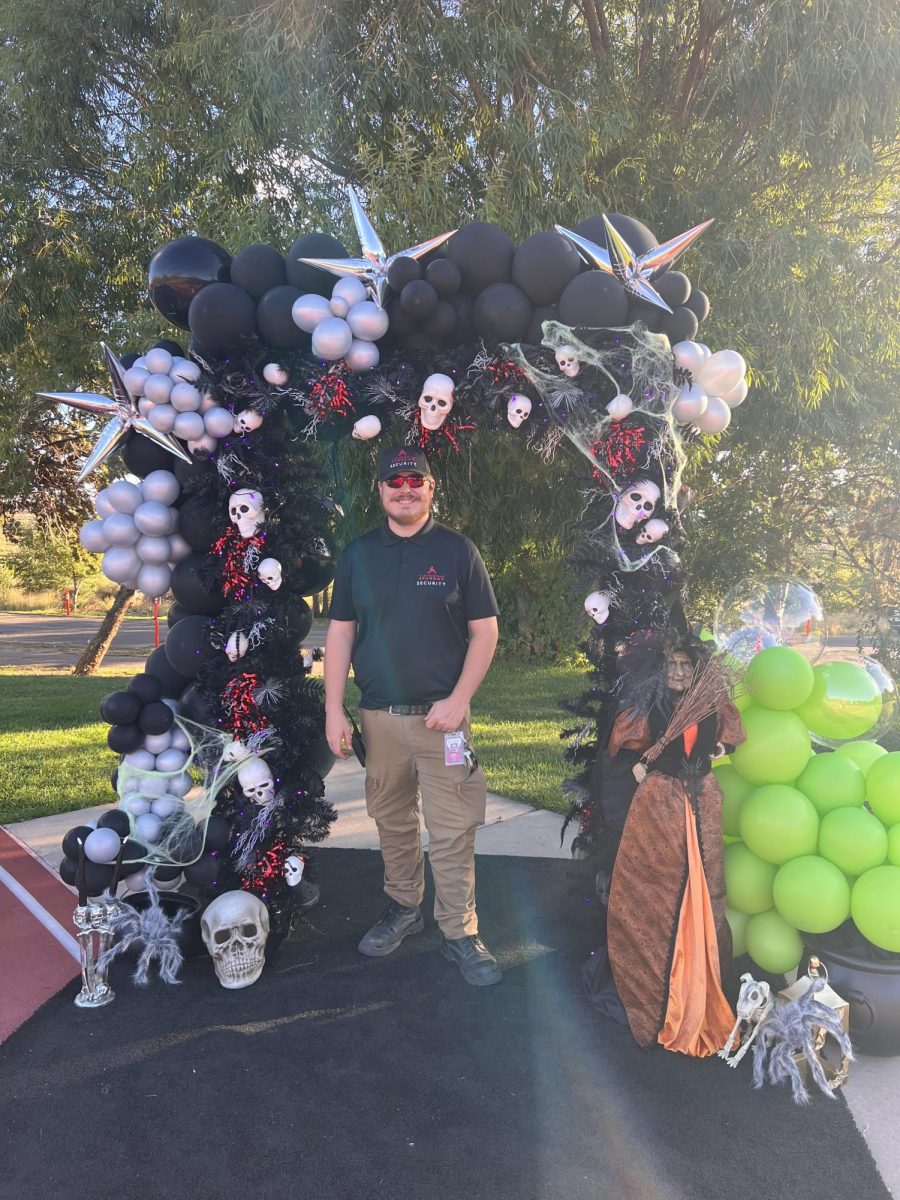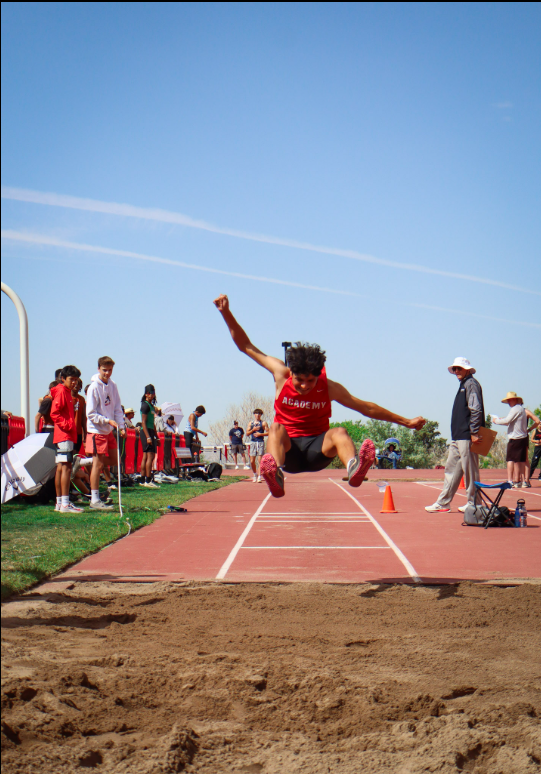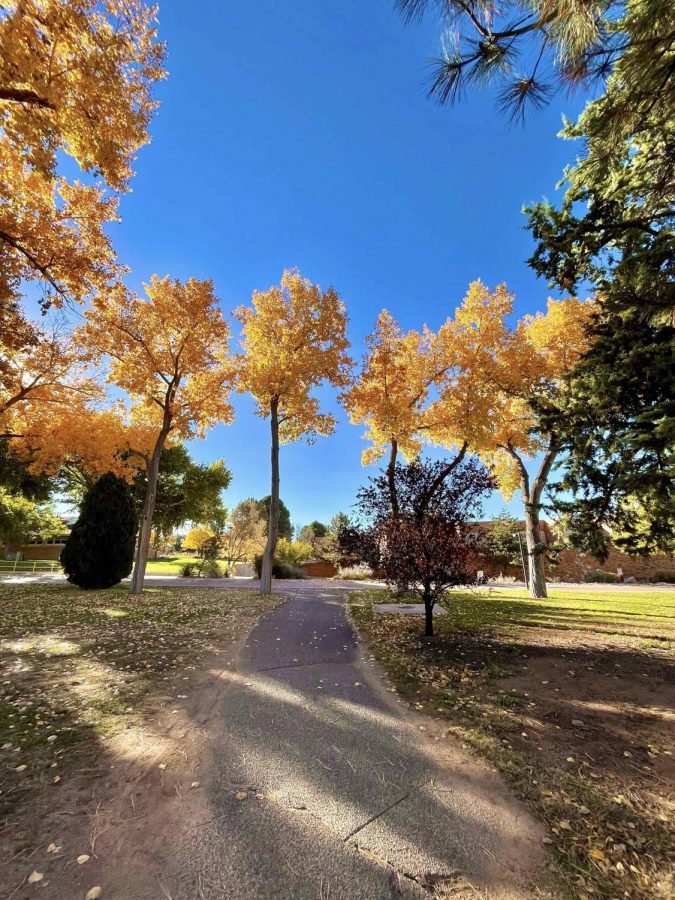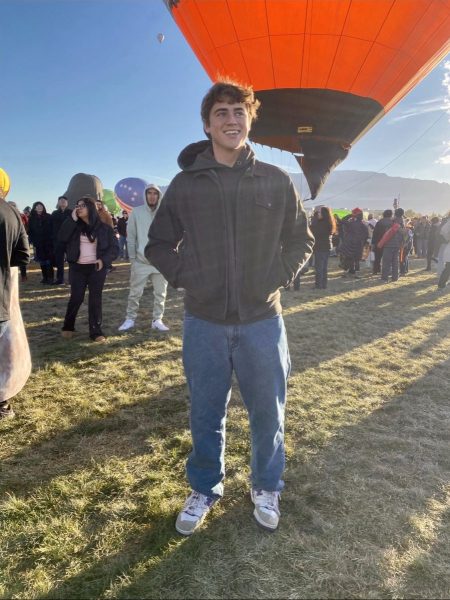Tucked behind the Science building is our one-of-a-kind Desert Oasis Teaching Garden (AKA the DOT Garden). The garden is the domain of Ms. Heidi Anderson and is cared for by her and various other members of the community. Ms. Anderson answered some questions from the Advocate about what the garden adds to our community, the regenerative approaches they use to manage it, and some of the ways the garden allows us to give to people off campus too.
Why is something like the DOT Garden important to have within a school campus?
There are so many reasons the garden is important to have on campus! As the garden’s mission states, it’s an opportunity to cultivate joy in eating and sharing fresh food straight from the plants. This is something most people seldom have the chance to do.
Taking it a step further, food is often at the root of culture, community experiences, and our relationship with the natural world; it can be a source of literal common ground. As such, it can be tied to almost any curriculum, providing endless opportunities for hands-on learning. Spending time in the garden with the wide diversity of plants and animals also provides a highly accessible opportunity for students and employees to connect with the natural world and the local ecosystem while participating in a wide variety of classes, clubs, and campus activities.
What makes the DOT garden special?
One of the things that is special about the DOT Garden is how well-integrated it is with much of the curriculum. It’s a truly busy place! Many classes, from English to Science to Visual Arts, have one or more activities they do with the garden each year. Just a few examples: sixth graders spend a month studying the soil and life in the garden through a variety of hands-on labs; biology classes have participated in a garden-based plant growth experiment every year for the last six years; we’ve also coordinated with teachers for garden-related classes on the Columbian Exchange, Greek/Latin roots, and Mindfulness practice. There’s always room for new, creative applications!
Ecologically, the DOT Garden is special because we practice Regenerative Agriculture by following the Natural Resource Conservation Service’s Healthy Soil Principles:
Minimize soil disturbance,
Keep the soil covered with organic matter,
Plant year-round,
Plant a high diversity of plants, and
Include animals.
Our garden demonstrates how these principles support natural biological processes that increase the biodiversity of the agricultural ecosystem, increase yield, minimize pests, sequester carbon in the soil, and provide plants (and the humans who eat them) with higher nutrition than conventional modern agricultural practices. As a result, our soil organic matter, at a depth of 30 cm, has increased from 5% to 11% in only 6 years.
What happens with all the food that is grown? Also, the seeds.
Most of the food that is grown in the garden goes straight to students visiting with classes and clubs during both Think Summer and the regular school year. We want all visitors to the garden to be able to taste fresh food while they’re there. We’re excited to be providing much of the food harvested and used by students in our new Science of Food class. When we have larger harvests in the summer, we donate to local food banks. During the school year, our larger harvests are served in the dining halls.
We also save many of our own seeds from the plants we grow. This benefits the garden and our local community by providing a locally adapted seed source that tends to grow and produce better than seeds grown in other regions. Most years, we give away over 500 seed packets to our campus Seed Library (in Simms Library), to APS School Gardens, and to Food is Free Albuquerque’s annual Seed Swap.
We donate over 100 plant seedlings to APS School Gardens each spring.
We participate in the Seed Savers Exchange ADAPT program, a volunteer grow-out program for the largest private seed bank in the US, run by one of the oldest seed non-profits in the country.
We have contributed many Research Grade photographic observations to iNaturalist, a large global citizen-based science database used by researchers around the world. https://www.inaturalist.org/projects/dot-garden-albuquerque-academy
What about the garden are you personally proud of?
Students’ most often asked question on their second visit to the garden is, “Can I eat some kale!?”
Any other information you find important?
I’ve been very excited and humbled to see the community of native beneficial insects and soil life take on a life of its own, so to speak. It’s been amazing, almost miraculous, to see how these communities support the plant life in times of stress (like weeks of extreme heat followed by hour-long hailstorms and flooding). As a scientist, I read the research and knew intellectually that healthy soil practices make biological sense. But I’ve realized lately how limited my imagination was! I have been shocked (and overjoyed) at the positive snowball effect of increasing biodiversity of the garden over only a few years. All of these factors also combine to create higher-than-average yields, complex flavors, and healthy plants and people.
On a different note:
When we first brought the chickens to the garden to rotationally pasture them through the orchard and meadow, I hadn’t realized how important the chickens would be to the students’ health and well-being when visiting the garden. Chickens are fun and engaging and learning how to hold one can be an important break during busy, sometimes stressful, school days.


